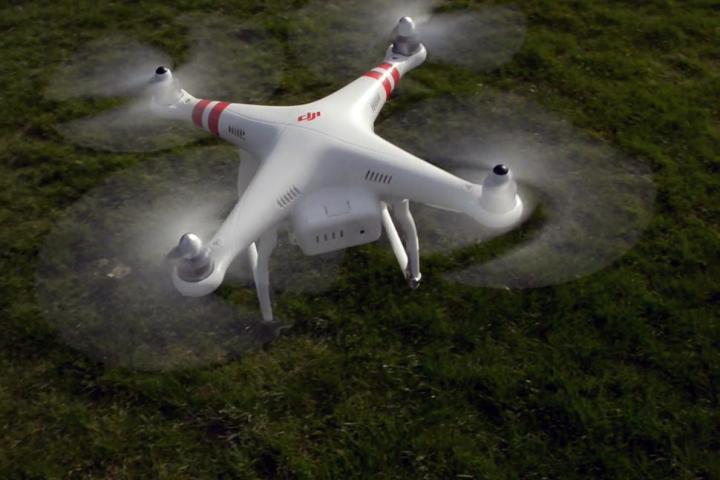
Political protest appears to be the latest innovative use of the flying machines, after a man in Japan this week used one to fly some radioactive sand onto the roof of the prime minister’s office in Tokyo. Arrested Friday, Yasuo Yamamoto from western Japan reportedly told cops he was protesting against the government’s pro-nuclear policy.
The stunt comes four years after a tsunami-induced triple meltdown at the country’s Fukushima nuclear plant, located about 150 miles north-east of Tokyo. Following the disaster, Japan suspended all use of nuclear power, though the government of Prime Minister Shinzo Abe is keen to begin restarting some of the country’s 54 nuclear reactors.
Forty-year-old Yamamoto carried out his daring drone maneuver on Wednesday, using one of the most popular quadcopters on the market, a version of its DJI Phantom machine. The protester is said to have attached a container holding a small amount of radioactive sand gathered from close to the Fukushima plant, though the amount was apparently too small to cause harm to humans. The quadcopter also had a ‘radioactive’ warning sticker on it.
Following the discovery of the drone on the roof, China-based DJI said it would modify the quadcopter’s software to incorporate a no-fly zone around the prime minister’s office, as well as the Imperial Palace, also in Tokyo.
Yamamoto’s protest came as a court in Japan gave the green light for the resstart of a nuclear power plant in the south-west of the country, the authorities apparently satisifed with the plant’s new safety measures.
Up until now, rules governing drone flights in Japan have been relatively relaxed, however, this week’s high-profile incident has already got the government talking about the need to review regulations, a development certain to disappoint the the increasing number of quadcopter hobbyists across the country.


